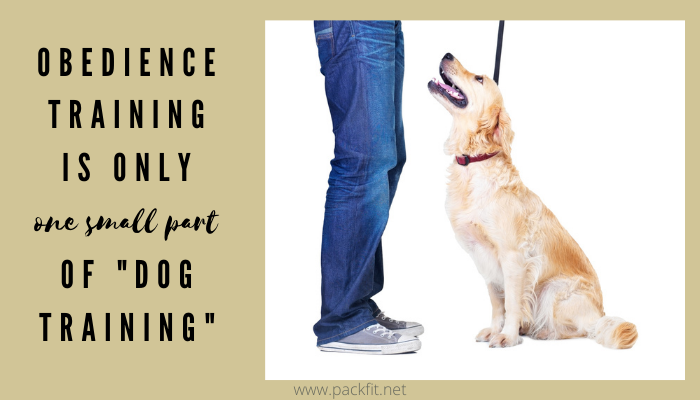
Obedience training is only one small part of dog training!
DO NOT SKIM (I know you want to ; )). If you have a dog, this is important information to understand.
There's a pervasive notion, especially here in the U.S., that "dog training" begins and ends with "obedience training". It's like saying raising and teaching a child begins and ends in the classroom. That learning how to read, write, spell, multiply, add, divide, remember historical facts, etc. is the only thing they need to learn in life. "Go to school, and you'll be set for life".

The benefits of Nosework.
The benefits of Nosework for a dog are incalculable. A dog's nose is such a huge part of who they are as a dog... yet, for the home dog, it's also one of the most underdeveloped, under-utilized, and suppressed (adding to frustration, anxiety, insecurity, etc).
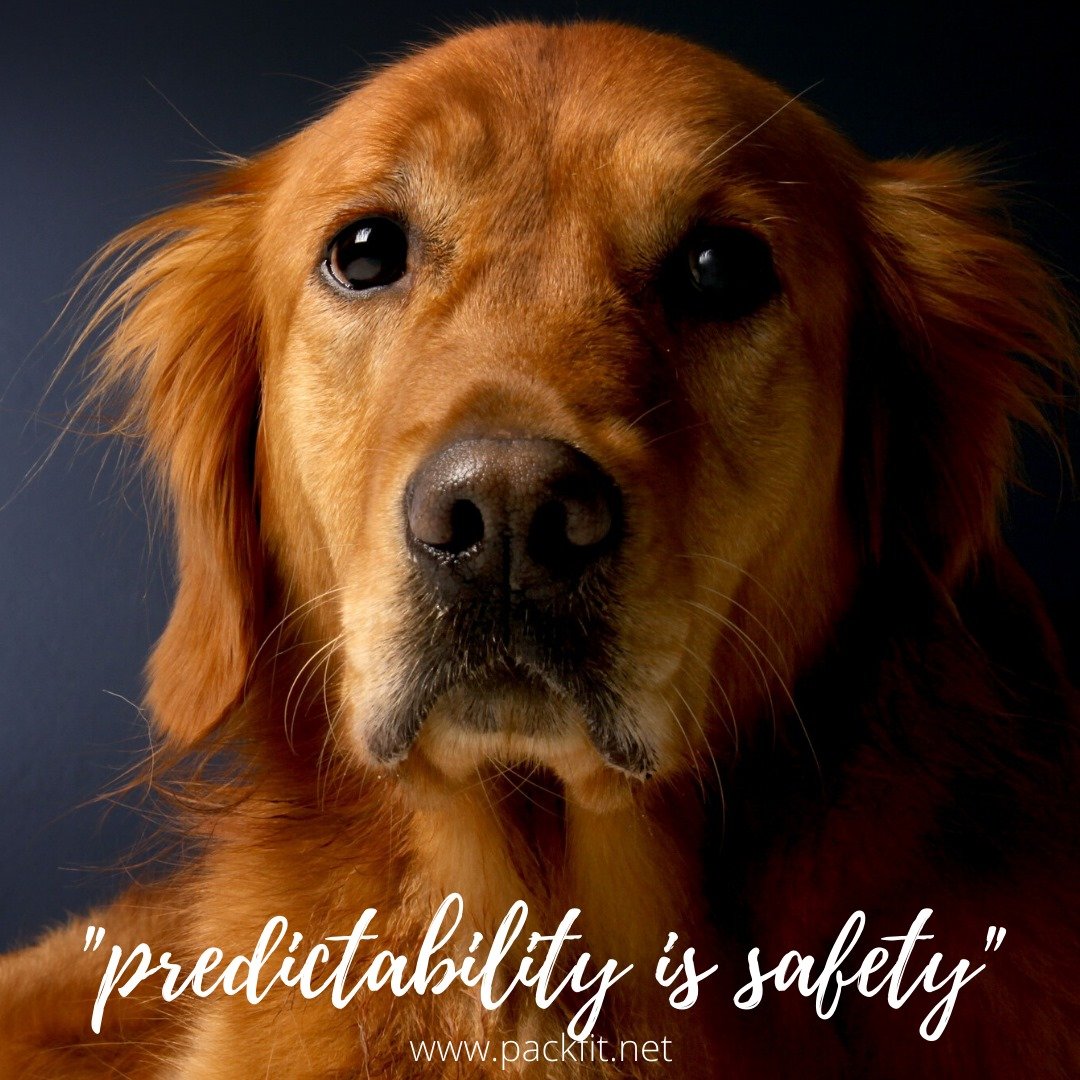
Predictability is safety.
Predictability. Certainty. These are survival instincts. To have predictability and certainty means to avoid pain, pitfalls, and maintain a level of comfort.
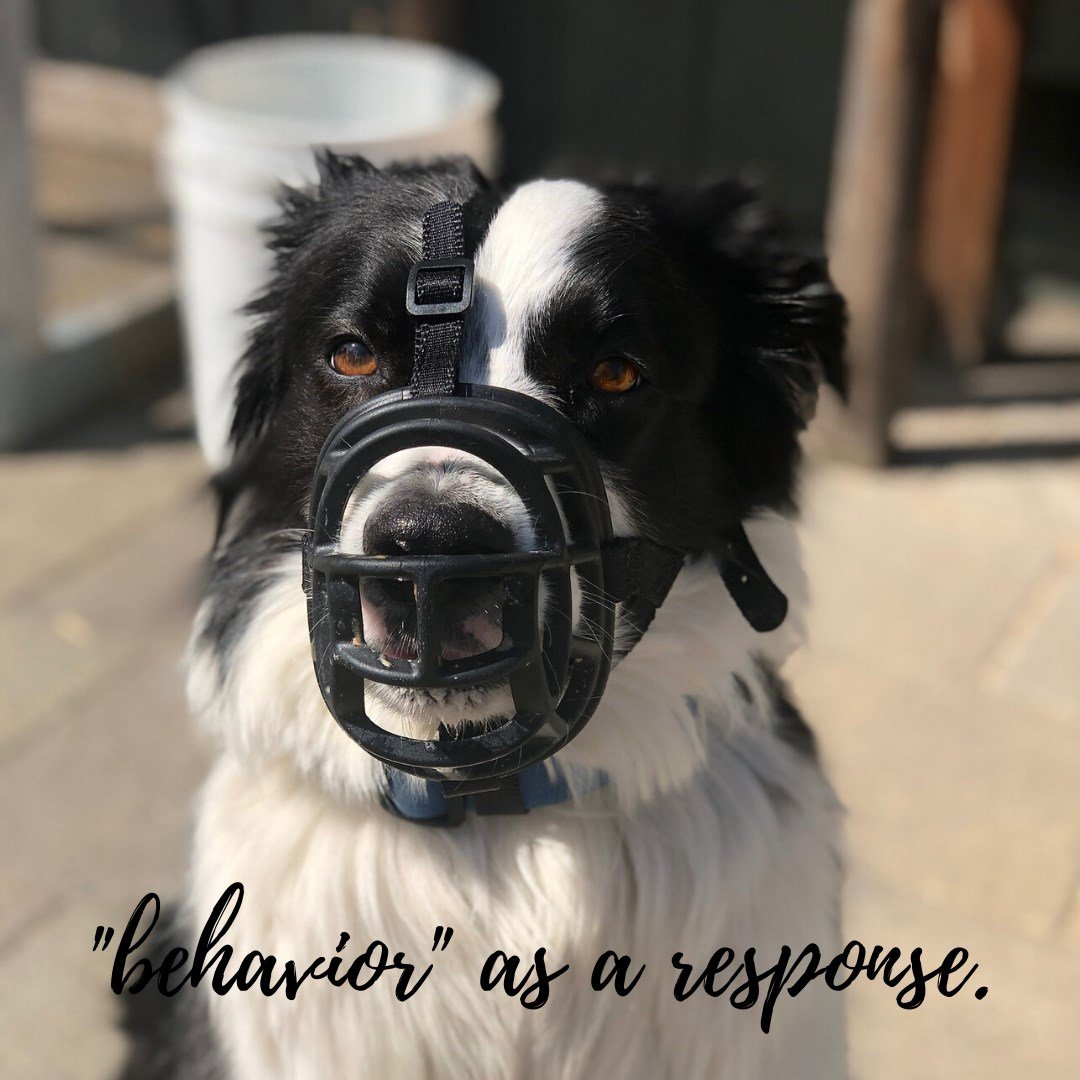
Behavior as a response.
We've written about the 2 categories we break "behavior" into before ("classroom" and "real world/ functional" behavior); both speaking to very different, yet connected, aspects of the dog (mental and emotional). This is like the difference of what children learn in school (brain training) vs. what they (should be) learning at home (manners, self and world concept development, etc).
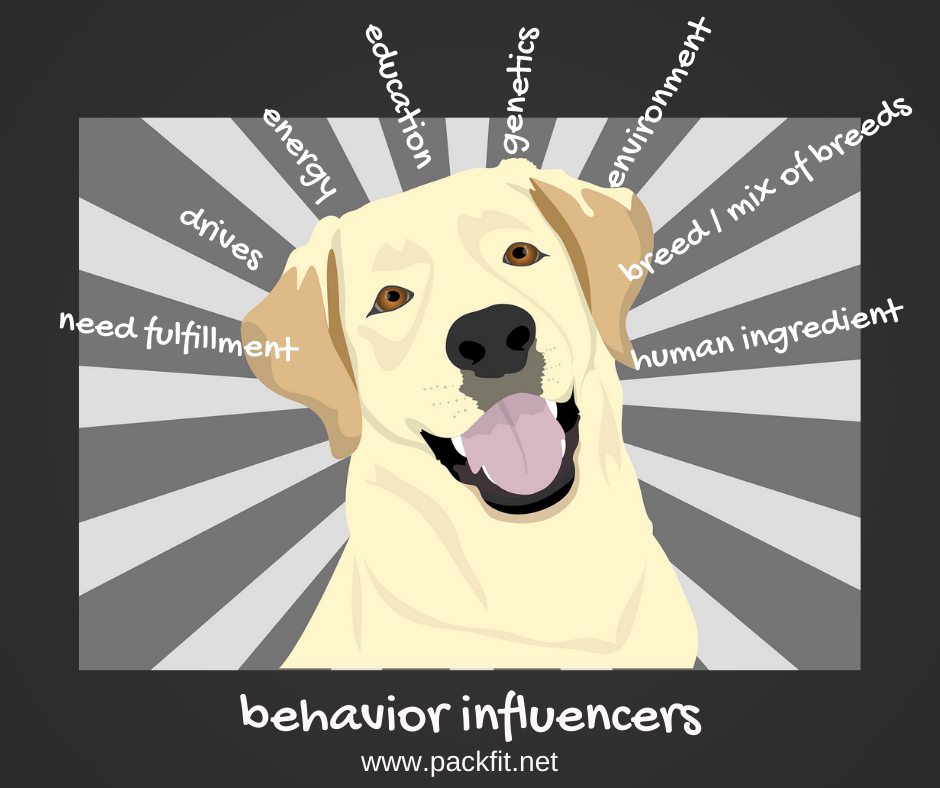
Behavioral Influencers.
Behavior Influencers.
"Behavior" is highly contextual and heavily layered with multiple variables at play.

Redefining “socialization”
"Socialization" is one of those terms that needs redefining (along with "punishment", "discipline", "love", and "happy") when it comes to dogs.
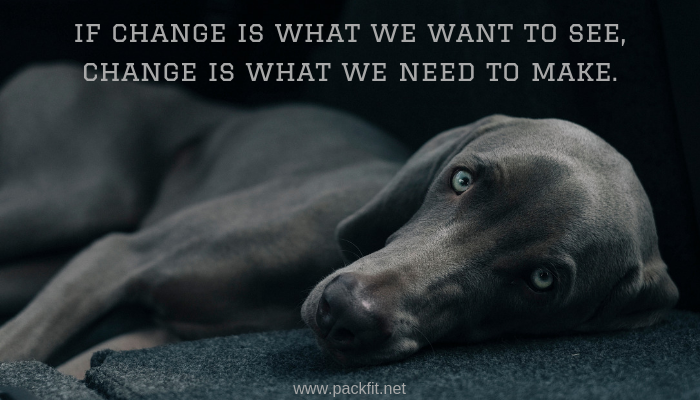
If change is what we want to see, change is what we need to make.
Change. Change is uncomfortable and can be painful. It can also be quite exciting. Change often means stepping into the uncertain and the unknown. Letting go. Releasing the practices, things, circumstances, people and relationships that no longer lift, support, inspire, and positively challenge us. Who and what weighs us down. Change involves taking full ownership and responsibility of ourselves, our choices, our lives~ as well as those who depend on us.
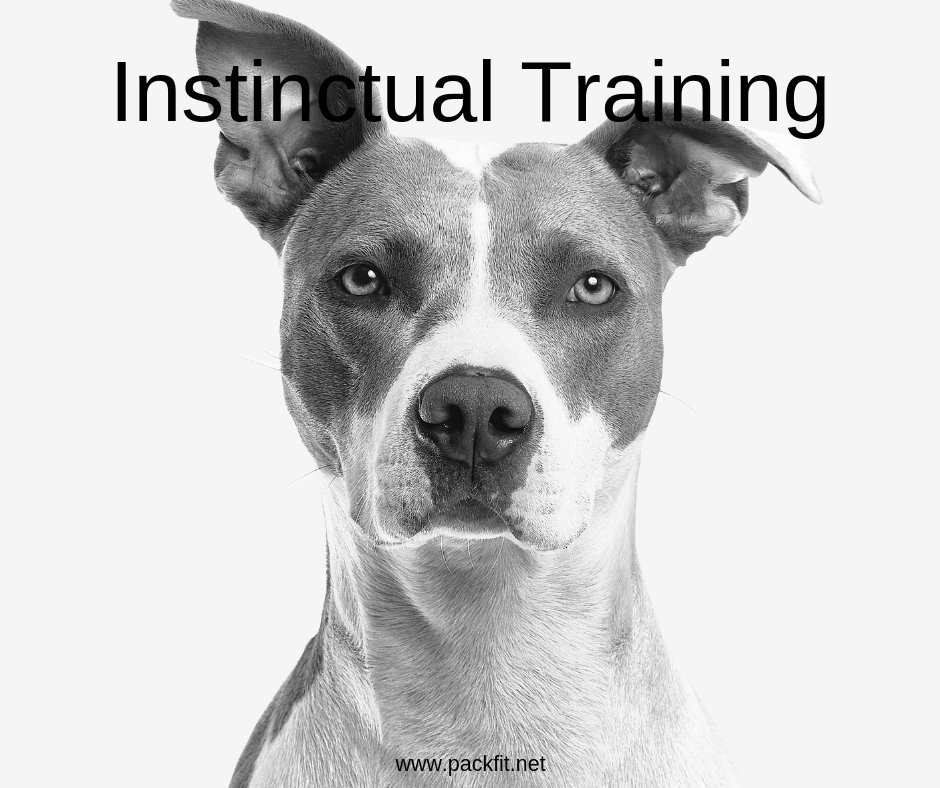
Instinctual Training.
What is "instinctual training"?
Instinctual training is setting aside all the information, directives, and guidance we've been given about dogs; all the research we've done and what we've been taught, and dialing in to what we feel the individual dog in front of us needs.

The Bridge Signal
The Bridge Signal
A bridge signal links a target behavior to a reinforcement, sending the message, "great job - your paycheck is on its way"! It's a "marker", a predictor, and makes teaching our dogs (and helping them connect-the-dots) a far easier activity.

Interrupt…then direct.
Interrupt... then direct.
"State of mind" and "Energy" are fuel for any given behavior.
If not controlled or kept in check, state of mind can quickly and easily escalate paving the way for reactions (as opposed to responses), poor choices, and inappropriate behaviors.

Behavior isn’t breed or size-specific.
We've already spoken to this before, but it bears repeating after a few instances that crossed our awareness recently. This is how we see things…

The dangers of “cookie cutter-ism”
I've often written about things like: "to train thy dog, we must know thy dog"; honoring and respecting the whole dog-- traits, personality, limitations, etc. I've written about levels of expectation dogs typically live with, how they must coincide with our level of effort, and how they're (oftentimes) quite unrealistic.
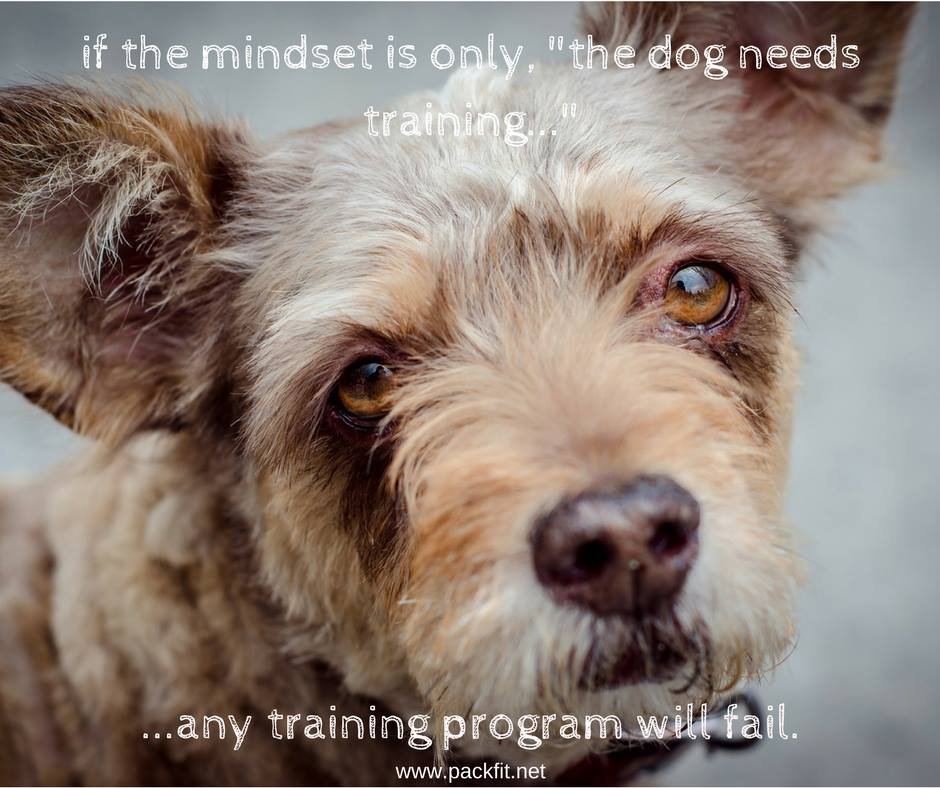
If the mindset is only “the dog needs training”, any training program will fail.
I learned this lesson (among countless others) many years ago with my game changer dog, Lobo. After bouncing from trainer to trainer to help me resolve some significant behavioral issues that developed directly after my divorce, there were 3 massive pieces to the equation each and every trainer missed: 1) the fact that "obedience training" does not resolve "behavioral issues" (every trainer harped on "obedience training" with him; a well-trained dog does not directly translate into a well-behaved dog), 2) the state of mind aspect, and 3) the human ingredient: the part I played in the development and influencing of his behaviors.
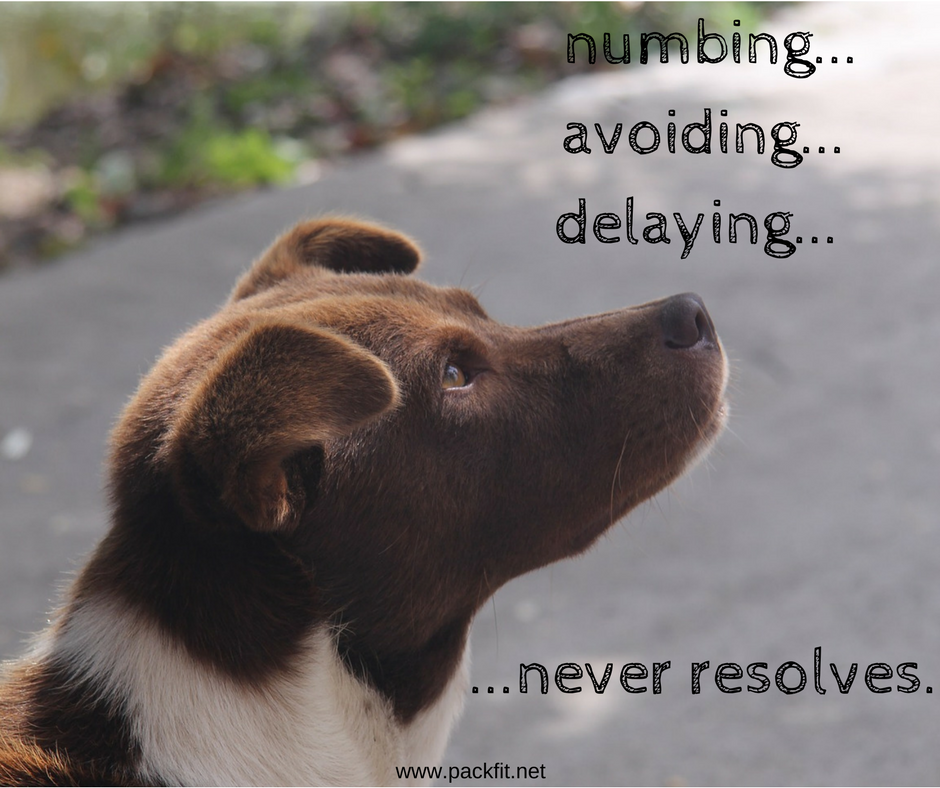
Numbing, avoiding, and delaying never resolves.
Behavior is a manner of expression. It's the external manifestation of an underlying internal driving force. Regardless of species.

Inclusion, not isolation.
Like humans, dogs are social, pack animals. There is strength in numbers, and both recognize the significant increase in level of comfort and survival when this is so.

